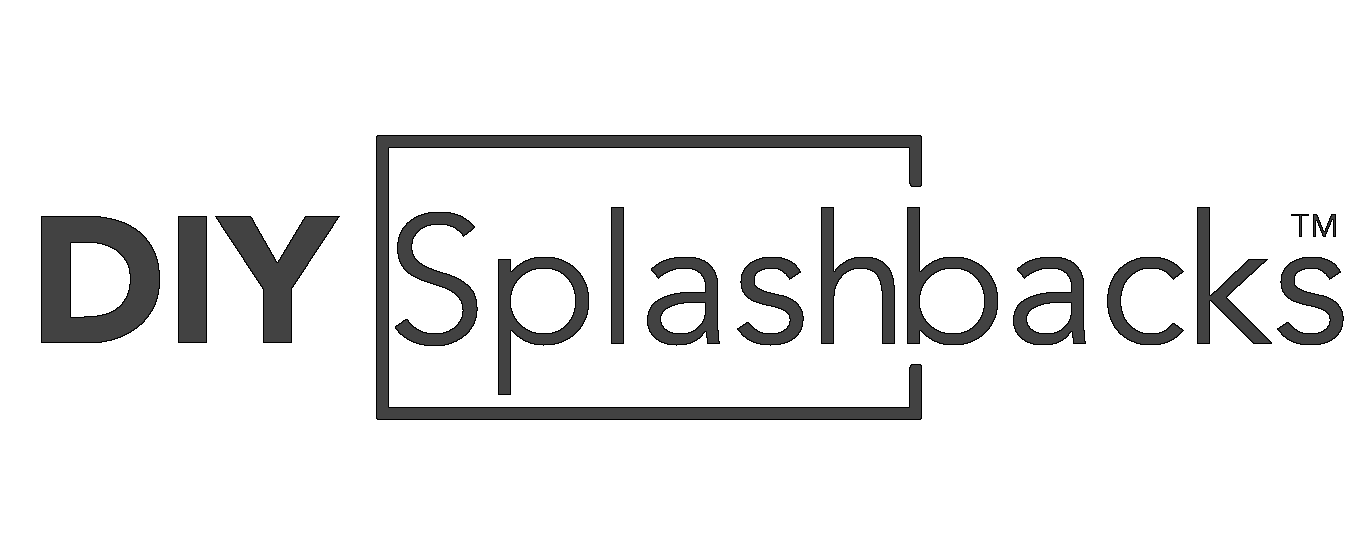The Future of Smart Homes: Tech That Complements, Not Complicates, Everyday Living
_1000.png)
The modern home is evolving—not into a cold, mechanical space filled with screens and sensors, but into a thoughtful ecosystem where technology quietly enhances daily life. The future of smart homes isn’t about having more gadgets; it’s about seamless integration, intuitive function, and design that feels human.
Smart living should simplify routines, save time, and elevate comfort—without ever feeling intrusive.
1. Seamless Integration Is the New Luxury
True innovation in smart home design lies in subtlety. The best technologies don’t announce themselves—they blend into the background, responding naturally to human behavior.
Think lighting that adjusts automatically to your circadian rhythm, thermostats that learn your comfort patterns, or smart glass splashbacks that illuminate your workspace or kitchen at the perfect brightness. These aren’t luxuries anymore; they’re intelligent design choices that improve how we live and feel.
Platforms like DIY Splashbacks already embody this principle, offering customizable glass panels that merge function with smart design—perfect for modern homes aiming for both beauty and performance.
2. Intuitive Over Intrusive
The next wave of home technology prioritizes intuition. Devices will fade into the design language of your space rather than stand out. Imagine sensors that disappear behind walls, voice assistants embedded in decorative surfaces, and smart splashbacks that double as interactive control panels.
The goal? Effortless interaction. The technology should anticipate needs, not demand attention.
3. Design-Driven Innovation
A true smart home understands that form matters as much as function. The smartest innovations are those that complement the home’s aesthetic.
Smart lighting hidden in architectural details.
Touch-free fixtures that combine hygiene with style.
Digitally printed glass splashbacks that add visual depth while remaining fully integrated with a home’s energy-efficient systems.
This is where the intersection of technology and design redefines comfort—every feature feels intentional, not experimental.
4. Sustainability at the Core
Sustainability isn’t a trend—it’s the new benchmark for innovation. Energy-saving devices, smart meters, and recyclable materials now lead design discussions.
Modern homeowners want technology that reduces waste and promotes conscious living. When paired with eco-friendly materials like recycled glass or low-emission acrylic splashbacks from DIY Splashbacks, homes become both efficient and environmentally responsible.
5. Personalization Through Smart Design
The most advanced homes are also the most personal. Artificial intelligence will adapt environments to reflect unique routines—morning lighting, preferred room temperatures, even ambient sound levels.
This isn’t technology replacing human touch—it’s technology enhancing it. Personalized design backed by smart functionality turns a house into a truly responsive home.
Final Remarks
The future of smart homes is not about complexity—it’s about clarity. It’s about technology that fits naturally into our lives, enhancing connection, comfort, and creativity.
As homeowners look for designs that adapt and evolve, DIY Splashbacks continues to exemplify this future: customizable, functional, and beautifully integrated with modern living.
Because the smartest homes aren’t those filled with the most devices—they’re the ones designed to make life effortlessly better.
